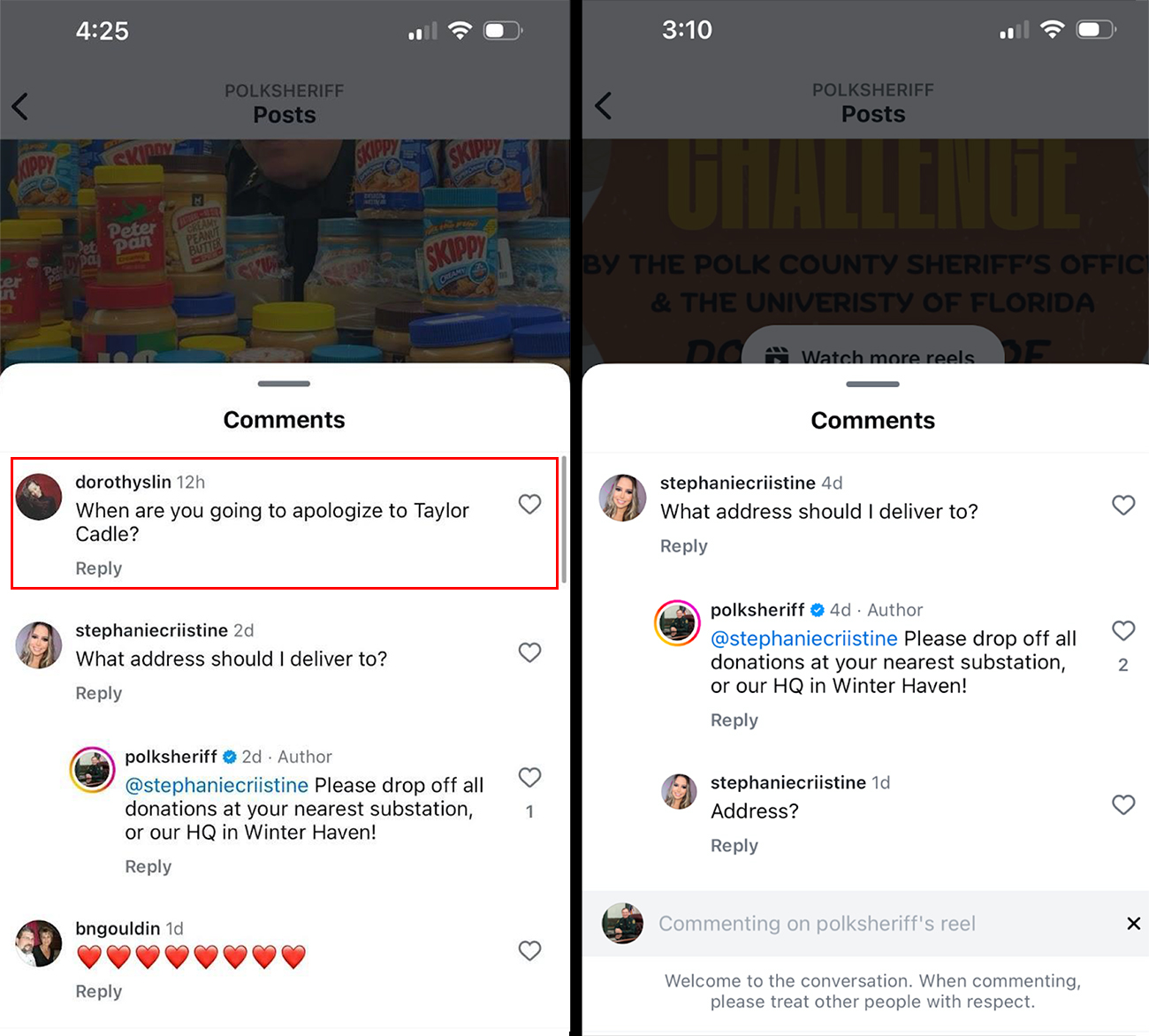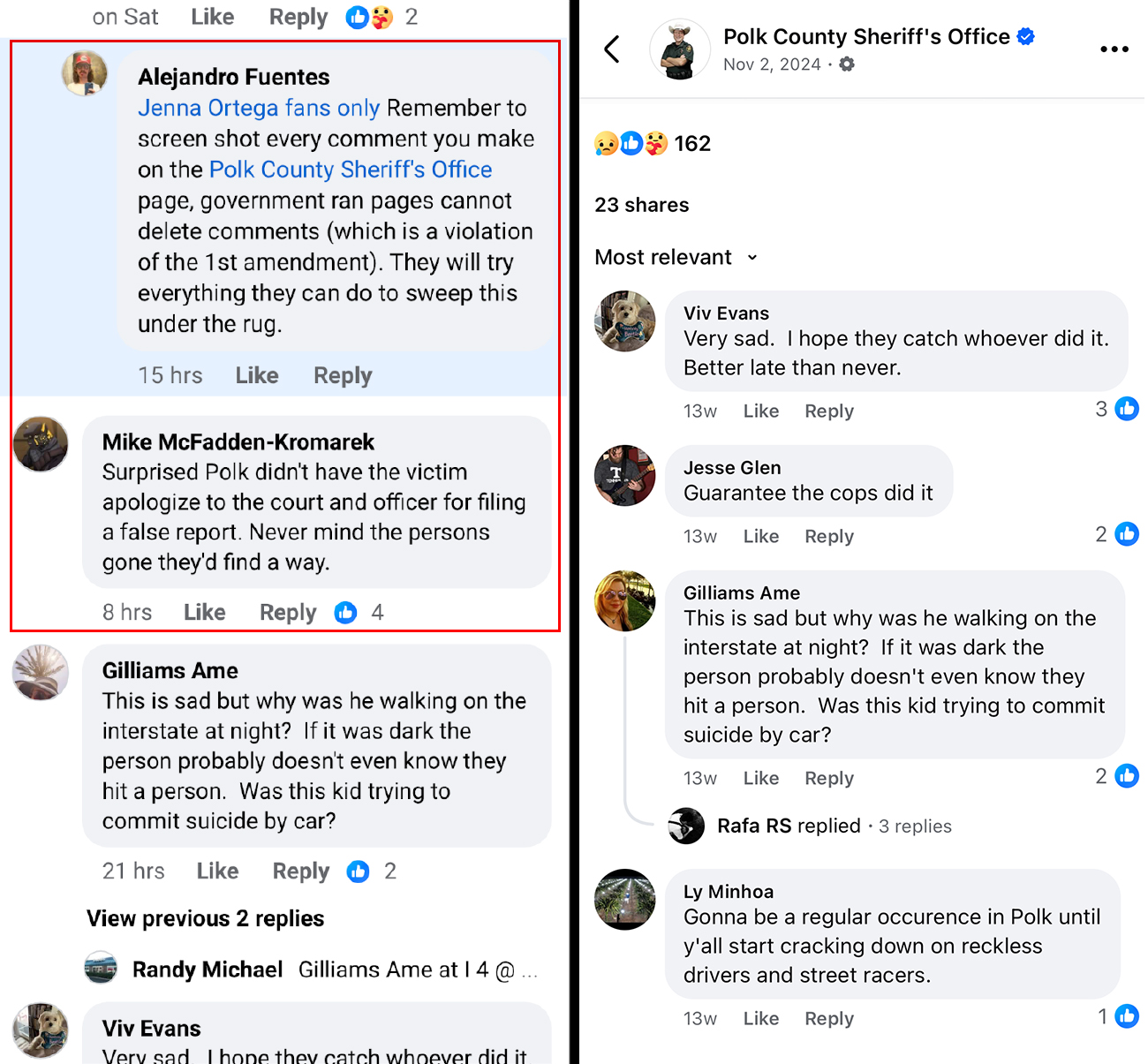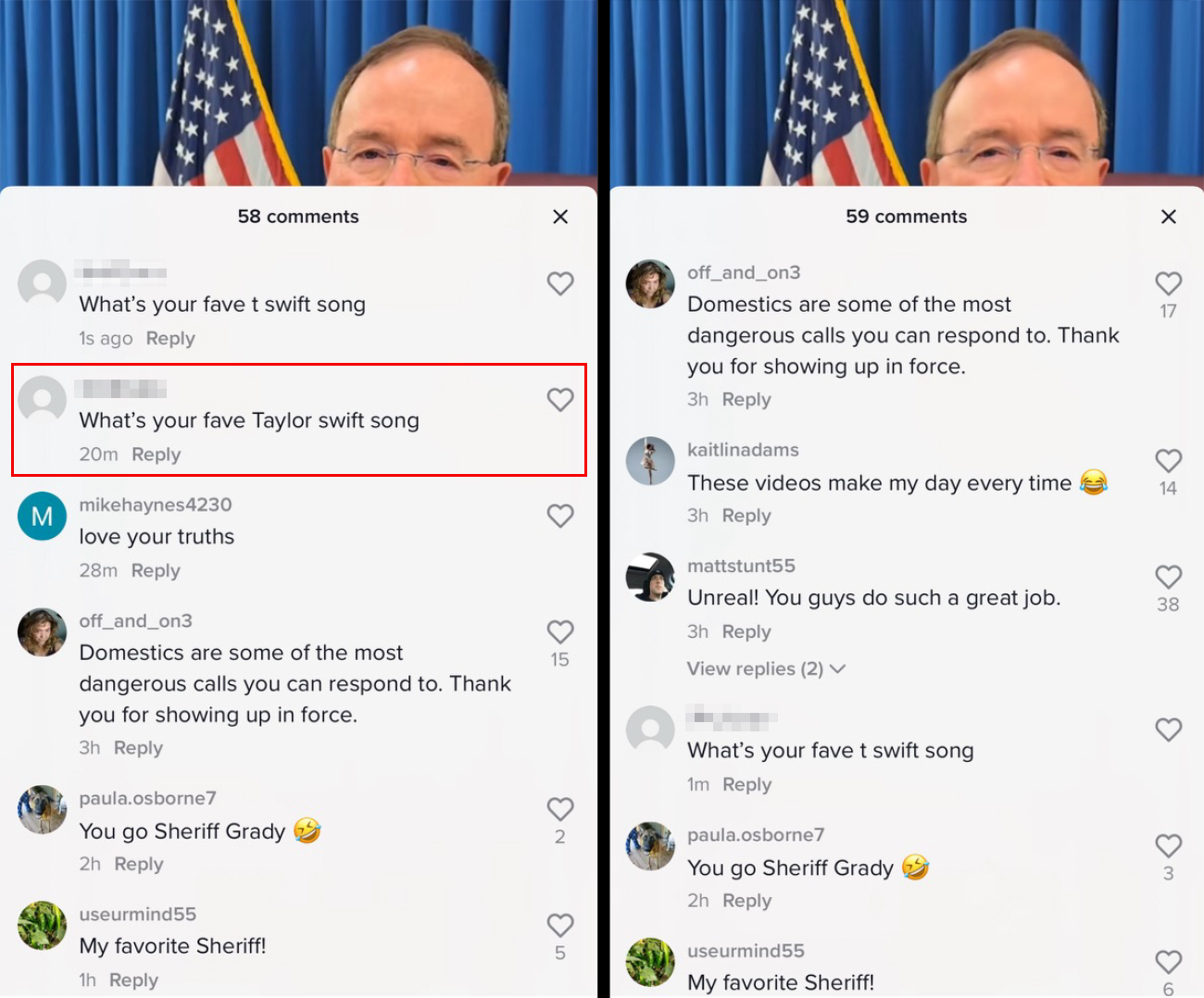Trump Just Outlined His Plan to Hand Power to Christian Nationalists
We always knew that Trump’s return to the White House would bring Christian nationalism to the highest levels of government.
There’s Russell Vought, an avowed Christian nationalist and an author of Project 2025, who is Trump’s pick to lead the Office of Management and Budget—which leads the implementation of the president’s policies, regulations, and funding decisions across the federal government, as my colleague Isabela Dias has written. And there was the pair of Christian podcasters who, at a rally the night before Trump’s inauguration, thanked God for “choosing President Donald Trump as a vessel for your nation,” as my colleague David Corn covered.
The signs, in other words, have been there for a while.
But at the National Prayer Breakfast—a decades-old, purportedly interfaith annual event—in DC on Thursday, President Trump laid out the steps he will take, now that he’s in office, to make thosedreams of Christian nationalist power a reality. “We want to bring religion back—stronger, bigger, better than ever before,” he said. These measures will allegedly include:
- Creating a so-called Presidential Commission on Religious Liberty, which he so eloquently claimed will “be a very big deal”;
- Signing an executive order ordering newly-confirmed Attorney General Pam Bondi to “eradicate anti-Christian bias” inside the federal government and “prosecute anti-Christian violence and vandalism in our society”;
- And creating a new Faith Office in the White House, which will be led by the televangelist and Trump acolyte Rev. Paula White—who, as my colleagues Stephanie Mencimer and Kiera Butler have written, is often associated with an evangelical Christian movement known as the New Apostolic Reformation, whose leaders claim that God speaks directly to them and “that Christians are called to wage a spiritual battle for control of the United States.”
The White House did not respond to several questions from Mother Jones seeking more details on the proposals Trump outlined—including whether Elon Musk’s so-called Department of Government Efficiency agrees that these efforts would be a good use of taxpayer dollars and what evidence, if any, Trump has that there is a problem of “anti-Christian bias” within the federal government.
Trump at the National Prayer Breakfast announces that he's signing an order directing AG Pam Bondi to head a task force "to eradicate anti-Christian bias" pic.twitter.com/pa8yoGrsnT
— Aaron Rupar (@atrupar) February 6, 2025
On Thursday night, Trump signed the executive order on “eradicating anti-Christian bias.” It directs Attorney General Pam Bondi to chair a task force including several other Cabinet officials—including Secretary of State Marco Rubio and Secretary of Defense Pete Hegseth—tasked with rooting out “any unlawful anti-Christian policies, practices, or conduct” in federal agencies and making recommendations to the president about how to “rectify past improper anti-Christian conduct” and “protect religious liberty.” Within four months, the task force must produce a report to the president of its initial work, and it must produce another report within a year. The executive order says the task force will dissolve in two years unless the president extends it. Plans for the task force were included in the most recent Republican party platform.
Rachel Laser, CEO of the nonprofit advocacy group Americans United For Separation of Church and State, said in a statement that the task force “will misuse religious freedom to justify bigotry, discrimination, and the subversion of our civil rights laws,” adding, “this task force is not a response to Christian persecution; it’s an attempt to make America into an ultra-conservative Christian Nationalist nation.”
The sole example of so-called “anti-Christian bias” Trump cited at the breakfast was the case of Paulette Harlow, one of the nearly two dozen people he pardoned two weeks ago for blocking the entrances to abortion clinics (some of the more serious violations included breaking into the clinics and stealing fetal tissue). Harlow, a 70-something Massachusetts resident, was sentenced to two years in prison last May for being part of a group that broke into a DC abortion clinic in October 2020 and livestreamed their blockading of the entrance; she was found guilty following a bench trial of federal civil rights conspiracy and violating the FACE Act, a federal law that prevents interfering with access to reproductive health clinics, according to Biden’s Department of Justice. (Trump’s DOJ has said they will limit enforcement of the law, which has abortion clinics bracing for potentially violent protests.)
But in Trump’s rewriting of history on Thursday, he falsely claimed that Harlow “was put in jail because she was praying”—which even Harlow’s former attorney has said is not accurate. In fact, according to court documents, Harlow was not a peaceful protester, but instead body-slammed the clinic manager into a waiting room chair. Once law enforcement arrived, she told them she would not cooperate with arrest and that they would have to “use a power-saw to cut the bike lock she affixed to her neck” to attach herself to other protesters as part of the blockade, the court documents state. Harlow denied the allegations against her at trial, despite video evidence proving otherwise. (Allen Orenberg, the lawyer who previously told Reuters that Harlow was not, in fact, jailed for praying, said when reached by email on Thursday that he is no longer representing Harlow and directed questions to her current lawyer, Carmen Hernandez, who said Harlow did not actually serve any prison time due to delays stemming from health issues, and that she was scheduled to report to prison later this month. Hernandez also pointed to a court record that stated that Harlow “passively resisted arrest by going limp,” and then quoted comments from Martin Luther King, Jr. about “passive resistance.” She did not respond to a question about the allegation that Harlow body-slammed the clinic manager.)
Trump also falsely claimed that the FACE Act was “selectively weaponized against Christians by the previous administration”—but Biden’s DOJ also enforced the law against abortion rights protesters who targeted anti-abortion crisis pregnancy centers. The White House did not immediately respond to my questions Thursday afternoon about whether Trump would issue corrections for those false statements.
“She got lucky that I won that election,” Trump said of Harlow, who was at the event Thursday. He then addressed her directly: “I want to thank you very much for being here, Paulette. Enjoy your life.” The crowd laughed.
The president also went through his greatest hits of baseless and boastful remarks, some of which—one couldn’t help but notice, given the setting—are decidedly blasphemous.
“I like people that make money,” he said at one point. (God doesn’t.)
“We won by a massive majority,” he said at another. (He won 49.8 percent of the popular vote, to Kamala Harris’ 48.3 percent.)
“As I said at my inaugural address two weeks ago, a light is now shining over the world—the entire world—and I’m hearing it from other leaders,” he said of his second term. (The Bible warns against such pridefulness.)
“The opposite side—they oppose religion, they oppose God,” Trump claimed. (Former President Biden is a practicing Catholic who has been open about his faith, and former Vice President Kamala Harris is a practicing Baptist who said one of her first phone calls after Biden dropped out of the race and asked her to step in last summer was to her pastor.)
Trump also, as he has done several times now, teased potentially running for a third term—which would be in violation of the Constitution. That may be a joke—but the arrival of Christian nationalism at the White House is not.
Update, Feb. 6: This post was updated with more details from court documents of Harlow’s actions; information about and from her former and current lawyers; details of the executive order Trump signed Thursday night; and a statement from the nonprofit advocacy group Americans United for Separation of Church and State.















